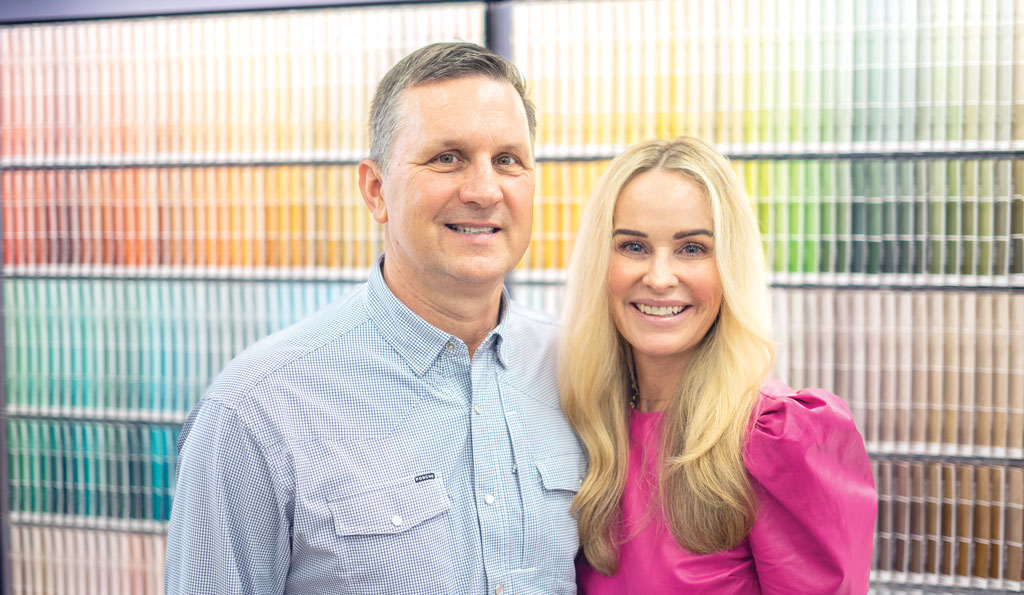
NULL
Even during normal cold and flu seasons, it’s important to keep your home as germ-free as possible. During the current coronavirus pandemic, it is essential.
To make it even more difficult, panic shopping has led to a run on sanitizers and disinfectants. Not to worry. Lurking germs can be defeated in several other ways. Here’s what you need to know to keep your home safe from germs.
COMMON CONTACT POINTS
Germs congregate and grow where hands most often go: door knobs, light switches, faucets, toilet flushers, refrigerator door handles, and remote controls. These common touch points should be regularly cleaned.
UNDERSTAND DISINFECTANTS
Using a disinfectant properly is a three-step process when cleaning contaminated surfaces.
First, mist the surface with a common household cleaner, not a disinfectant, and wipe with a cloth (microfiber is best).
Once the surface is soap-and-water clean, apply a disinfectant and let it sit for a bit (check the product label for a recommended time).
Third, wipe the surface clean of any residue left by the disinfectant.
Cleaner-disinfectants are usually available (at least under normal shopping circumstances) to make this process a little easier. If you can’t get your hands on a disinfectant or cleaner-disinfectant combo, you have alternatives.
HYDROGEN PEROXIDE
Hydrogen peroxide is almost as effective as bleach without being toxic. Use it as a finishing spray on already cleaned surfaces to disinfect. Just leave it there to dry.
For toys, remotes, and high-traffic areas such as light switches and door knobs, spray with undiluted hydrogen peroxide. Afterwards, use a hydrogen peroxide-dampened cloth to wipe away the spray. Toys can be soaked in a solution of water and a splash of hydrogen peroxide for 30 minutes.
If an illness makes it into your home, you can also sterilize toothbrushes by soaking them in a hydrogen peroxide solution for about 30 minutes. Rinse and use.
To use hydrogen peroxide safely and effectively, be sure it is stored in a dark bottle. It loses its effectiveness if exposed to light. You also want to be sure hydrogen peroxide is the second step in the cleaning process. Clean with soap and water first to remove dirt, sticky residue, and grim. Dry the surface before spraying with hydrogen peroxide.
When you spray it on, leave it on for it to work.
CLEAN THE CLEANING SUPPLIES
Cleaning cloths get dirty with use and will spread rather than remove germs if not replaced often. Soak dirty cloths in hot, soapy water for about three minutes. Rinse all the soap out in warm water and lay the cloth flat to dry. Once it’s dry, you can use it again.
Everyone in the house should learn these easy steps for cleaning areas they touch often.












